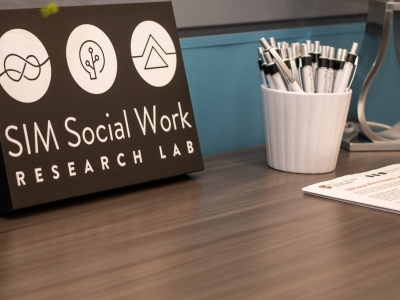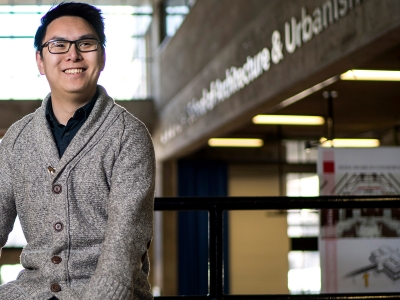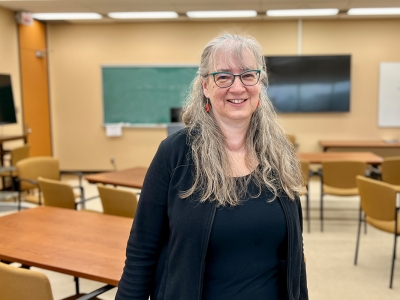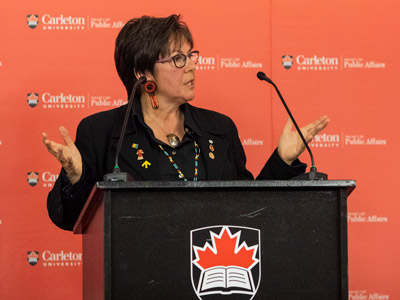By Jasmeet Bahia
At the end of April, the Canadian government implemented a month-long travel ban to and from India and Pakistan due to COVID-19 crises both countries face and a new strain of the virus linked to India. The travel bans and new mutations have exacerbated the animosity South Asians have faced as a result of being singled out for COVID-19 outbreaks.
The Indian variant, or B.1.617, has been dubbed a “double mutant,” and data suggests that it is more contagious than the original virus. However, little is still known about the variant including if vaccines will work against it.
The World Health Organization (WHO) designated the variant as being of concern, like the mutations from the U.K., South America and South Africa. Yet the western media sensationalized the variant as soon as it was detected.
As the Indian variant becomes more prevalent within our borders, anti-South Asian sentiment is also growing, putting the community at a higher risk of hate crimes.
As a first generation South Asian Canadian and an anti-racism scholar at Carleton University, I’m interested in looking at the effects of the pandemic on the perception of minority communities. Due to the rise in hate crimes against the East Asian community, my concern is that South Asians will face the same violence but with less public support.
History of anti-South Asian racism
Over the past year, since the COVID-19 pandemic spread globally, there has been a rise in anti-Asian racism, specifically targetting East Asian communities.
Tensions were exacerbated when former U.S. president Donald Trump referred to the virus as the “Kung Flu” and “China Virus.” In the past month, the #StopAsianHate movement has led to wide scale social supports and a coming together of the international community.
In contrast, hate crimes against the South Asian community have been, and continue to be, largely under-reported. And when they are acknowledged, the stories quickly cycle out of the news.
Since South Asian people began migrating to Canada, they have been the targets of biased laws, stereotyping and violence. From the Air India Bombing in 1985, an event that is largely unknown by Canadians despite it being the worst mass murder in the country’s history, to the egregious acts of violence in the aftermath of 9/11, South Asians have been left to shoulder pain and grief alone.
More recently, four Sikhs were among those murdered at a FedEx centre in in Indianapolis. There has been speculation that the shooter chose the centre because a large number of Sikhs worked there. This shooting came a month after six Asian women were killed in Atlanta.
Unlike the Atlanta shooting, the Indianapolis shooting quickly disappeared from public view with very few rallying behind the Sikh community.
This lack of public support is parallel to the silence around hate crimes against South Asians since 9/11. The Oak Creek Gurdwara shooting in Wisconsin, multiple incidents of racist graffiti and anti-South Asian sentiment have run rampant for the last 20 years. South Asians have had, and continue to, shoulder pain and grief of their own communities while trying to survive in a western world.
Fueling fear and hate
As COVID-19 cases rose across Canada, regions with large South Asian populations became targets for politicians and the public.
The Fraser Valley, Peel region and Calgary were reported as being COVID-19 hotspots because of large families and super spreader events. What the media and government officials failed to acknoweldge is that immigrant communities are largely frontline workers, who had little choice but to go into work during the pandemic.
Cultural and religious events such as [Diwali] and Ramadan have been implicated in rising case numbers.
The media has consistently demonized immigrant populations for the high number of COVID-19 cases, without taking into account what these communities are facing. The housing market and economic hardships faced by racialized people forces them into situations – such as sharing homes and working in factories – that put them at a higher risk of contracting the virus.
The reporting of the travel ban and Indian variant borders on irresponsible due to the lack of scientific evidence, as well as framing the country and those who originate there as potential threats.
South Asians are as frustrated and scared as the rest of Canadians. However, biased reporting only works to further marginalize individuals who are already feeling vulnerable in a time of tense race relations.
Stop racially biased reporting
Recently, WhatsApp messages have been circulating warning Americans against interacting with South Asians. It is reminiscent of the anti-Chinese rhetoric that took place at the beginning of the pandemic.
The tone with which the U.K., South American and South African variants have been reported has not spurred any hostility towards those countries and its citizens, making it difficult to not see the implicit racism.
South Asians are asking for the media and government officials to root their warnings in scientific evidence, not stereotypes.
This article is republished from The Conversation under a Creative Commons license. Carleton University is a member of this unique digital journalism platform that launched in June 2017 to boost visibility of Canada’s academic faculty and researchers. Interested in writing a piece? Please contact Steven Reid or sign up to become an author.
All photos provided by The Conversation from various sources.
![]()
Sunday, May 16, 2021 in The Conversation
Share: Twitter, Facebook



